Researchers

Dr. Lindsay Zanno
Project Director, Cretaceous Creatures
Head of Paleontology, NCMNS
Associate Research Professor, NCSU
Dr. Lindsay E. Zanno is one of the world’s leading experts on the evolution of theropod dinosaurs—a group that includes the iconic predator T. rex and Velociraptor, as well as living birds. The hunt for new dinosaurs has taken her around the world and across the American West, from where she has discovered more than a dozen new species, including the megapredator Siats, and Moros, North America’s tiniest tyrannosaur. Zanno’s research regularly garners worldwide media attention. Her work has been recognized as Nature World News’ Top Dinosaur Stories, Discover Magazine’s top 100 Science Stories, and Discover Magazine’s Year in Science Top Research, and has been featured by notables such as the Science Channel, History Channel, National Geographic, CBC, PBS, NPR, NHK, Nova, and the BBC, among many others. She was recently recognized with the Eighteenth International Award in Palaeontological Research (Paleonturology 20), and received two top 100 author recognitions from Nature Publishing Group. Zanno actively works to build transparency in science. She served as Science Advocate for the Walking With Dinosaurs Arena Spectacular, on-air host for The Ice Age Exhibition, and she currently presides over The Jurassic Foundation, a non-profit, grant funding organization supporting dinosaur research around the globe. She also leads several public engagement projects including the real-time social media platform—Expedition Live! connecting the public with paleontologists in the field, and the newly launched Dueling Dinosaurs and Cretaceous Creatures projects. Zanno’s published impact ranges from top science journals such as Nature to everyday Tweets, and includes >200 technical works and more than a dozen popular publications. To date, her lab has received over $7M in direct funding for research and education.
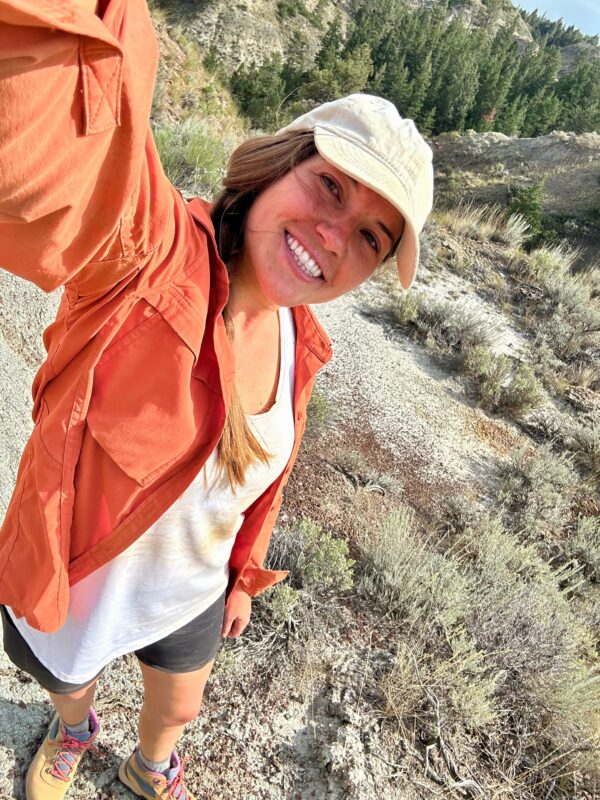
Dr. Elizabeth Jones
Project Manager, Cretaceous Creatures, NCMNS
Research Affiliate, NCSU
Dr. Elizabeth D. Jones is the Project Manager for Cretaceous Creatures in the Zanno Lab at the NC Museum of Natural Sciences. She is also a Historian of Science and author of the book Ancient DNA: The Making of a Celebrity Science (Yale University Press, 2022). Her research focuses on the historical, philosophical, and sociological aspects of the scientific process to better understand how science happens and how it impacts society. Throughout her career, she has had first-hand experience working with paleontologists and geneticists in both the field and the lab in the US, UK, and Europe. Jones also has extensive experience working with the public from managing paleontology volunteer programs to teaching summer educational programs. Prior to working on Cretaceous Creatures, Jones was a Postdoctoral Research Scholar at NC State University and Project Manager for a NSF grant to create a Data Ethics Toolkit for the Participatory Sciences in partnership with the Association for Advancing Participatory Sciences. Her job now is dedicated to building collaborations between paleontologists, educators, students, and sponsors, then bringing together the scientific, technical, educational, and ethical dimensions required to make Cretaceous Creatures a successful public science project.
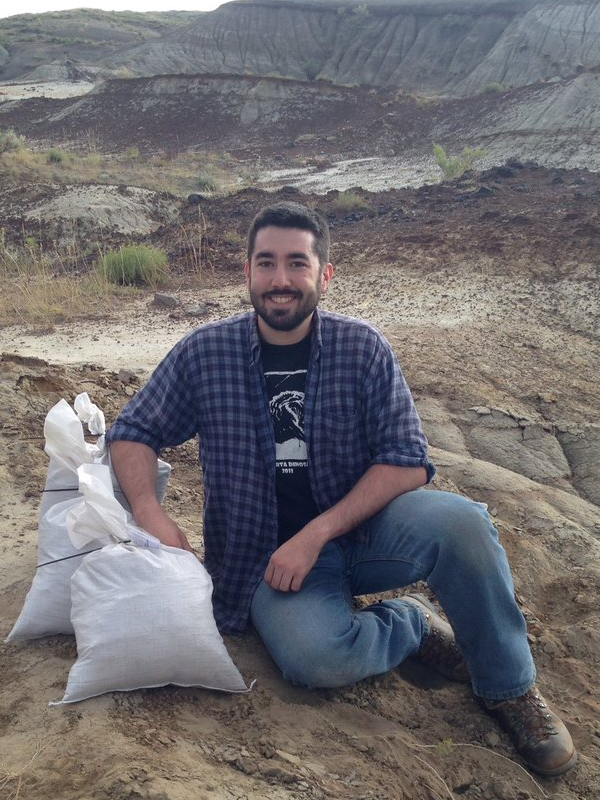
Dr. Thomas Cullen
Former Project Manager, Cretaceous Creatures, NCMNS
Associate Professor, Auburn University
Dr. Thomas M. Cullen is an Assistant Professor in the Department of Geosciences at Auburn University. Previously, Cullen was a NSERC Postdoctoral Fellow at Carleton University (Ottawa, Ontario, Canada), a Postdoctoral Research Scholar at NC State University, and Project Coordinator of the Cretaceous Creatures at the NC Museum of Natural Sciences. His research focuses on understanding how dinosaur-dominated ecosystems were structured and how they responded to environmental change. He also studies the evolution, growth, and biodiversity of theropod dinosaurs. Prior to working with NCMNS, he was a postdoc at the Field Museum in Chicago, where he researched dinosaur growth, was a primary scientific consultant on the Field Museum’s permanent exhibit about’ SUE the T. rex’, and assisted in developing informal learning programs. He has performed field research looking for dinosaurs and other fossils on multiple continents, in both polar regions, and across western North America. In addition to this, he is involved in numerous educational and public outreach programs. His work with NCMNS and Cretaceous Creatures involved the development of research and education components of the project, and in particular the fossil ID guides for the Late Cretaceous microfossil bonebeds used in the project, along with the the research workflow for finding, collecting, and processing microfossil assemblages for use by participants.
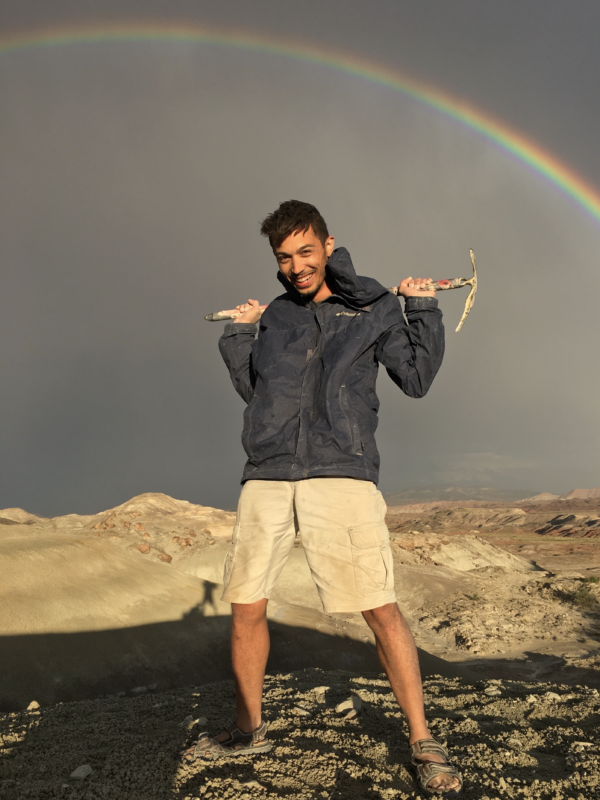
Dr. Haviv Avrahami
Former Research Assistant, Cretaceous Creatures, NCMNS
PhD Graduate, NCSU
Haviv Avrahami is a PhD student at NC State University and NC Museum of Natural Sciences. He has a broad interest in the anatomy, paleobiology, ontogeny, and phylogeny of ornithischian dinosaurs and is describing a new (possibly burrowing) plant eating dinosaur from the middle Cretaceous period. He is passionate about engaging in opportunities to share paleontology with the public, specifically middle-school and high-school students from disenfranchised and underprivileged backgrounds. He hopes to present science as a tangible, realistic, and attainable career path for students with unconventional educational backgrounds, especially those facing adversity. Avrahami’s role in Cretaceous Creatures includes collecting the truckloads worth of microfossil rich sediment from Montana each summer and driving it back to NC, where he screenwashes the material down to a more manageable quantity for students to search through for microfossils. Avrahami helped build the architecture of the fossil decision tree pathway and other aspects of the fossil identification process. He used a combination of photogrammetry, advanced microscopy, and nano CT-scanning to create the high resolution images and 3D models of microfossils used throughout the online modules, website, and lesson plans. He also produced many of the digital art renderings used throughout the program. Additionally, Avrahami is responsible for cataloging and verifying the fossil identifications made by students during the program that will result in an original scientific database for paleontologists to study.
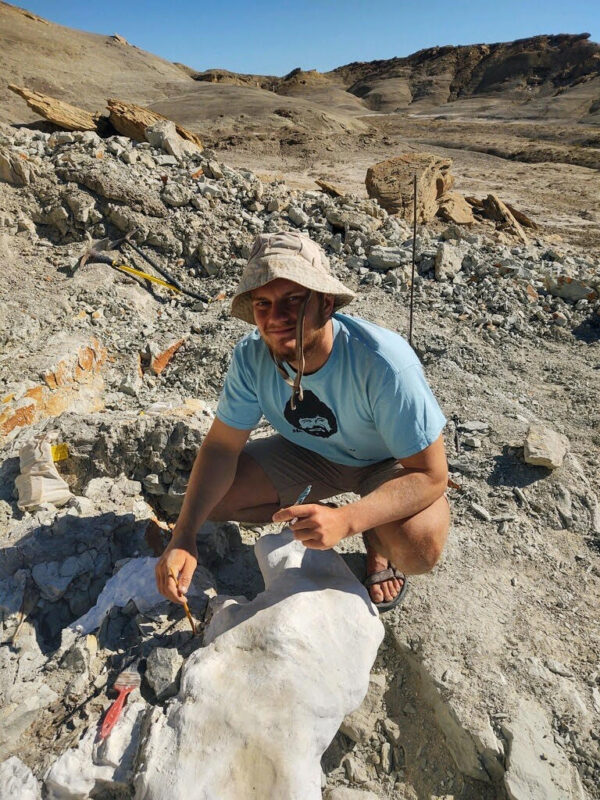
John Kanipe
Former Research Assistant, Cretaceous Creatures, NCMNS
MS Student, NCSU
John Kanipe is a MS Student at NC State University and NC Museum of Natural Sciences. His research interests include evolutionary ecology and a systems approach to paleobiology. He is also interested in the philosophy of science and student learning, particularly how students learn and think about fossils. Prior to joining the Cretaceous Creatures team, John earned his MA in Science Education from NC State and has used his background to help align the goals of the Cretaceous Creatures Project with learning objectives from the NC Essential Science Standards. John worked to verify the identifications of hundreds of microfossils that students have identified and returned to the museum and helped develop program evaluation instruments to assess student learning outcomes. He has also participated in three field seasons, including the Hell Creek Formation, Montana, where he will help collect hundreds of pounds of fossil-rich sediment to be used in classrooms across the state, country, and beyond.
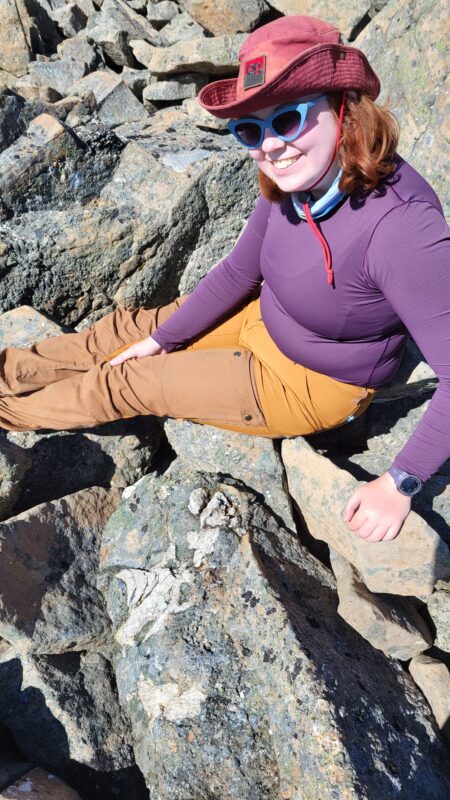
Emily Cross
Research Assistant, Cretaceous Creatures, NCMNS
PhD Student, NCSU
Emily is a PhD student at NC State University and NC Museum of Natural Sciences. Her research interests include using the geochemistry of fossil teeth to study paleoecosystems. Emily is passionate about mentoring the next generation of young scientists and ensuring youth have access to hands on STEM opportunities. She received a MSc from the University of Victoria in British Columbia, Canada, studying the shapes and sizes of teeth from armoured dinosaurs. Emily has done fieldwork in British Columbia and Alberta, Canada – including work in formations of a similar age to those used in Cretaceous Creatures. Emily is a Research Assistant on Cretaceous Creatures verifying the identifications of fossils found by students and sorting through used sediment to find any remaining fossils.
Middle School Partners
2022-2023
| A.L. Stanback Middle School | Martin Millennium Academy |
| A.C. Reynolds Middle School | Mills Park Middle School |
| Avery Middle School | Mineral Springs Middle School |
| Broad Creek Middle School | Morehead City Middle School |
| Cabarrus Virtual Academy | Newport Middle School |
| Cane River Middle School | North Carolina Cyber Academy |
| Carolina International School | North Davie Middle School |
| Centennial Campus Magnet Middle School | Northeastern Randolph Middle School |
| Chicod School | Ocracoke Middle School |
| Contentnea-Savannah K-8 School | Perquimans County Middle School |
| Coulwood STEM Academy | Prospect Elementary School |
| Douglas Byrd Middle School | Reid Ross Classical Middle School |
| EB Aycock Middle School | Riverwood Middle School |
| Endeavor Charter Middle School | Sampson Middle School |
| Exploris Middle School | Smith Middle School |
| Fuquay-Varina Middle School | South Stanly Middle School |
| Gaston Virtual Academy | Spring Lake Middle School |
| Girls Leadership Academy of Wilmington | St. Pauls Middle School |
| Harold Winkler Middle School | The Downtown School |
| Hawbridge School | Turrentine Middle School |
| Herbert Akins Road Middle School | Union Preparatory Academy at Indian Trail |
| Hickory Ridge Middle | Walkertown Middle School |
| Hope Middle School | Wayne School of Engineering |
| J. E. Holmes Middle School | Western Alamance Middle School |
| James E. Shepard IB Magnet Middle School | Western Rockingham Middle School |
| Luther Nick Jeralds Middle School | Winston Salem Preparatory Academy |
2023-2024
| A.L Stanback Middle School | Lake Lure Classical Academy |
| Alston Ridge Middle School | Lake Norman Charter Middle School |
| Avery Middle School | Lewisville Middle |
| Ayden Middle School | Macon Middle School |
| Beulaville Elementary School | Madison Middle School |
| Cape Fear Middle School | Magnolia Elementary |
| Cape Hatteras Secondary School | Martin Middle School |
| Centennial Campus Magnet Middle School Center for Innovation | Midway Middle School |
| Central Davidson Middle School | Morehead City Middle School |
| Central Park School for Children | Mount Pleasant Middle School |
| Central Wilkes Middle School | Newport Middle School |
| Chase Middle School | North Garner Middle School |
| Chinquapin Elementary School | Northeast Academy for Aerospace and Advanced Technologies |
| Cuthbertson Middle School | Orange Middle School |
| East McDowell Middle School | Perquimans County Middle School |
| Enka Middle School | Pine Hollow Middle School |
| Faith Academy Charter School | Polk County Middle School |
| Franklinton Middle School | Riverwood Middle School |
| Gaston Virtual Academy | Roxboro Community School |
| Granite Falls Middle School | Smith Middle School |
| Hamlet Middle School | Smokey Mountain Elementary |
| Hardin Park School | St. Timothy’s School |
| Harold Winkler Middle School | Swift Creek Middle School |
| Harris Middle School | The Catamount School |
| Hertford County Middle School | The Franciscan School |
| Hobbton Middle School | The North Carolina Leadership Academy |
| Holly Shelter Middle School | Thomas Jefferson Middle School |
| Hudson Middle School | Union Prepartory Academy at Indian Trail |
| IC Imagine | Voyager Academy Middle School |
| J. E. Holmes Middle School | Walkertown Middle School |
| Jamestown Middle School | West Stanly Middle School |
| Kenansville Elementary School | West Wilkes Middle School |
| Kings Creek School | Western Alamance Middle School |
Website Designers
Liam Elward created the artwork of the animals and environment of the Hell Creek Formation.
Emi Bender contributed to the website’s visual design elements.
NC State University’s Design & Web Services developed the website and online modules.
Funding Partners


